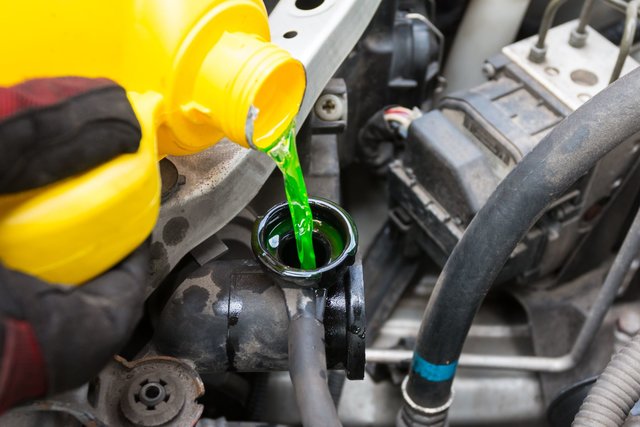February 02 2024
Ford Lightning: The Ford F-150 Electric VehicleAs we look toward the future, we are stepping into the conversations around electric vehicles...

A vehicle’s cooling system has the important task of keeping the engine from overheating.
(The radiator may also provide cooling assistance for automatic transmission fluid.)
How does it work? Engine coolant is pushed through the system by a water pump that circulates through the radiator and transfers heat to the metal/aluminum cooling fins that surround the core. These fins help dissipate heat by exposing their surface to the cooler outside air, while a fan forces air through the radiator.
Radiators are typically mounted where they receive sufficient airflow from the forward movement of the vehicle – usually behind an opening in the front grill.
Avoid cooling system failures with regular inspections along with regularly scheduled maintenance. Commonly replaced elements are the thermostat and the coolant. Coolant loses its ability to perform at its peak over time because it becomes more acidic. Variations in the coolant’s PH can cause severe damage to the radiator, heater core, and the radiator hoses. For best results, the entire cooling system should be flushed and new coolant installed and all components inspected.
Today’s engines use a pressurized cooling system that helps raise the boiling point of the coolant – allowing the engine to operate at higher temperatures for greater fuel economy. The faster the engine reaches operating temperature, the more efficiently it can run.
By maintaining your vehicle’s cooling system at the recommended intervals, you will extend its longevity.
Other Articles That May Interest You
February 02 2024
Ford Lightning: The Ford F-150 Electric VehicleAs we look toward the future, we are stepping into the conversations around electric vehicles...
October 05 2023
Navigating Jubilee Ford’s SUV Trio: Expedition, Edge, and EscapeIntroduction Jubilee Ford has earned its reputation as a brand that excels in the world of SUVs,...